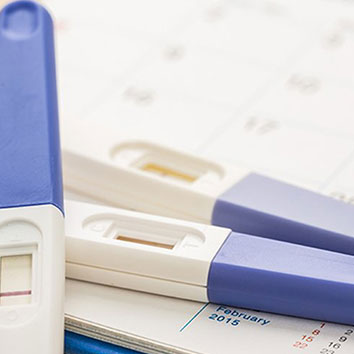The show
This is the release of the mucus plug (the operculum), which seals the opening of the cervix. It might be a blob of pinkish jelly; or it could be a series of smaller pieces; the colour could be more red than pink. The plug 'escapes' because the cervix is just starting to stretch and soften - but it doesn't mean anything has to happen now. It could mean labour will start anywhere between a couple of hours and a few days.
Rupture of the membranes/breaking of the waters
- The membranes are the bag of waters, or amniotic sac, which hold the amniotic fluid surrounding the baby. When the membranes rupture, the amniotic fluid (known as liquor - pronounced 'ly-kwor') comes out.
- It can happen as a sudden gush of liquid, but it's more usually a slow trickle. Call your doctor or the hospital if you know your waters have broken, and ask for advice. They may suggest you come in as there is a possible risk of infection if the waters break and the baby takes too long to be born.
-
There's also a risk if your baby's head isn't engaged in the pelvis, as the waters could bring the cord down as well. This could mean your baby might compress it - and that could mean a risk to your baby's oxygen supply. Most women whose waters break go on to have perfectly normal labours, and fairly soon afterwards, too.
Contractions
The uterus is a complex network of muscle fibres. The fibres contract and become shorter, to pull up the cervix and to increase the downward pressure at the top of the uterus. At the peak of the contraction, the muscle fibres are at their shortest and then they relax and the contraction dies away. However, with each contraction, the muscles stay a bit shorter than they were. This leaves the cervix slightly more open than it was and the baby is a little further down.
Contractions can be painful. They feel like a gradual tightening over your stomach - if you've ever had a period pain (which are also contractions of the uterus), it's a bit like that. Some women feel them in their back or their thighs.












